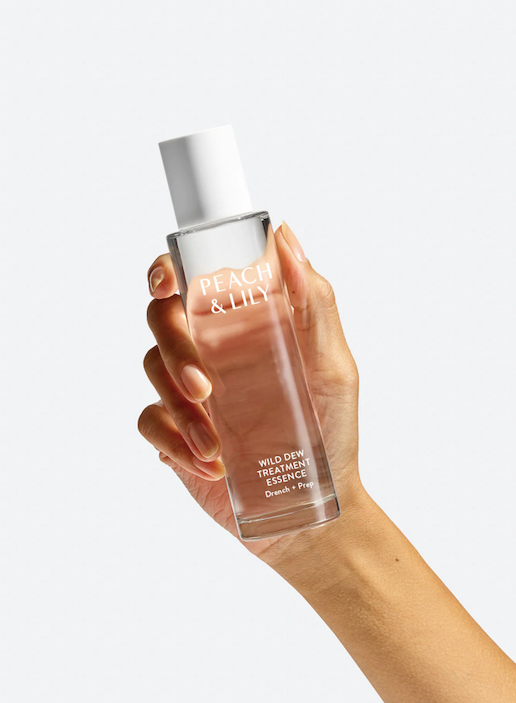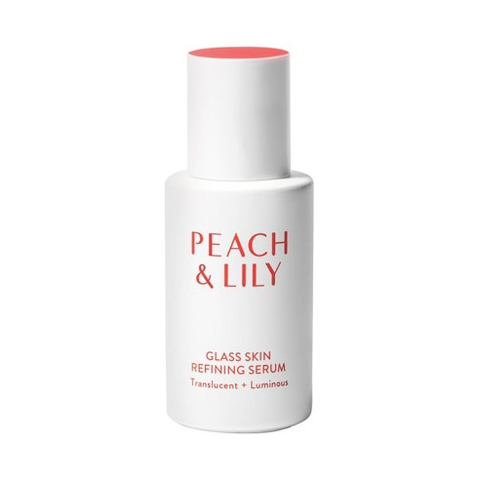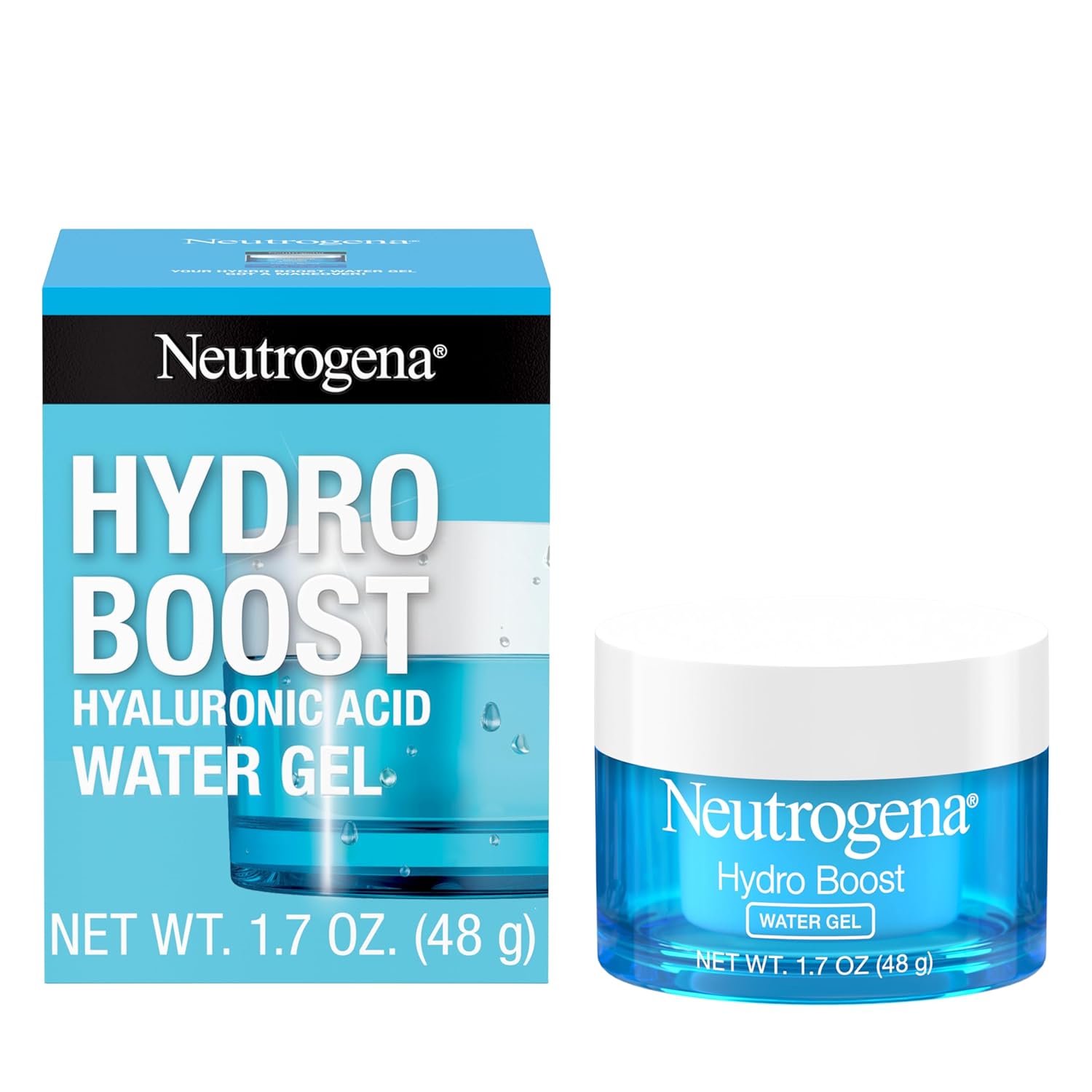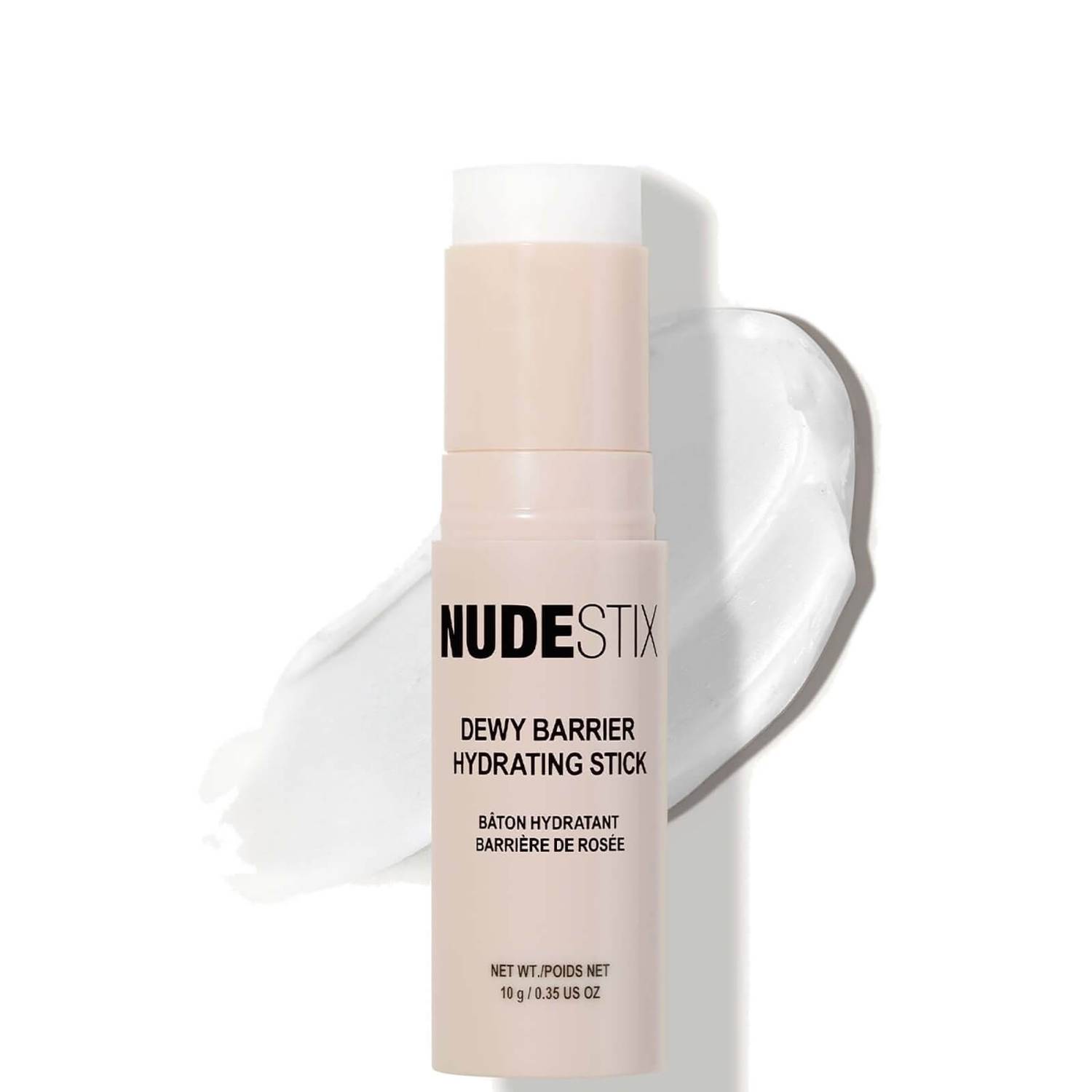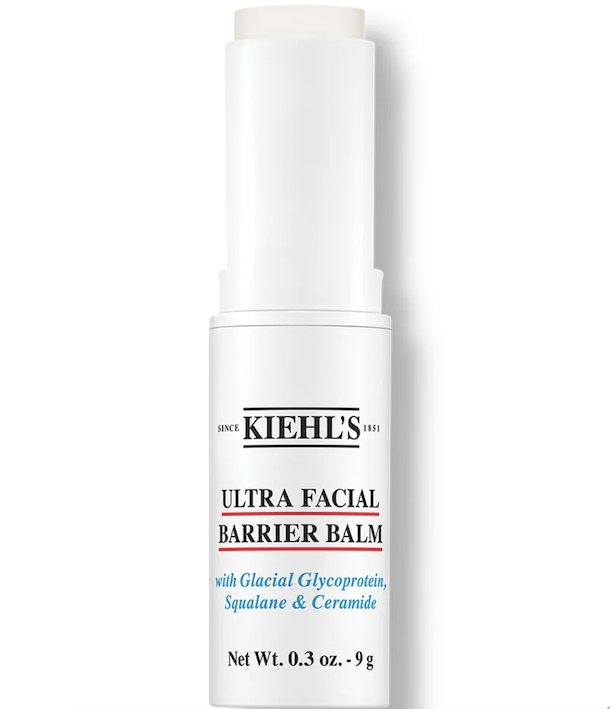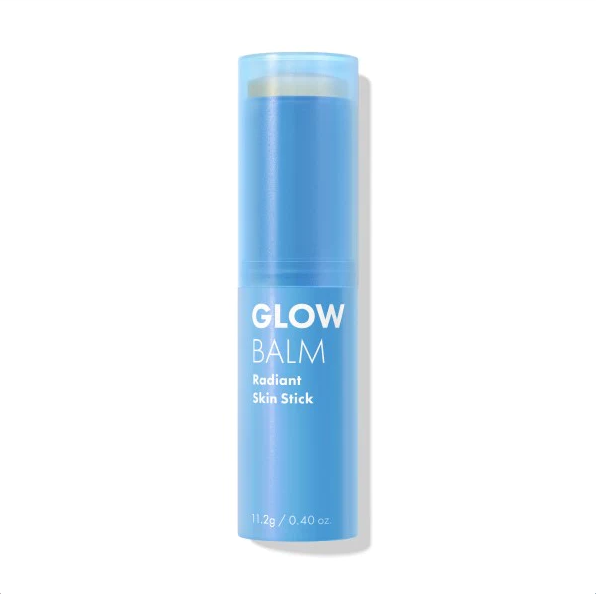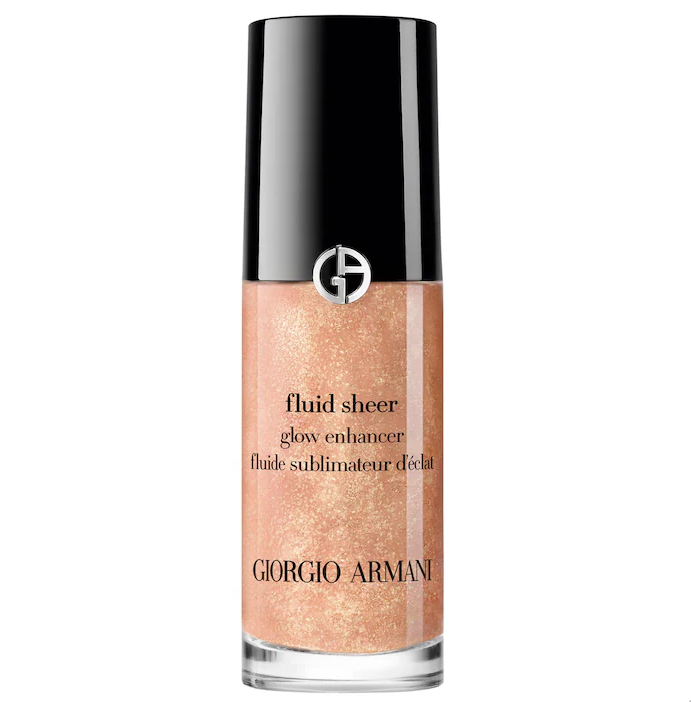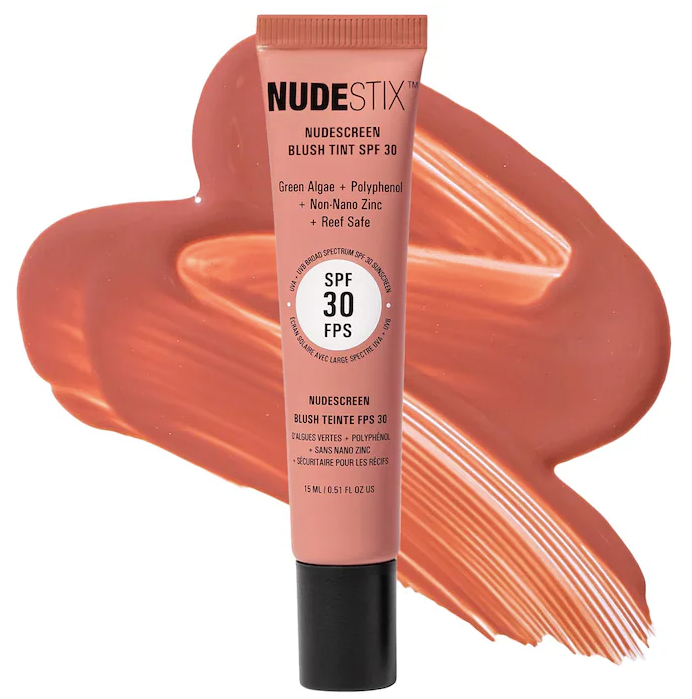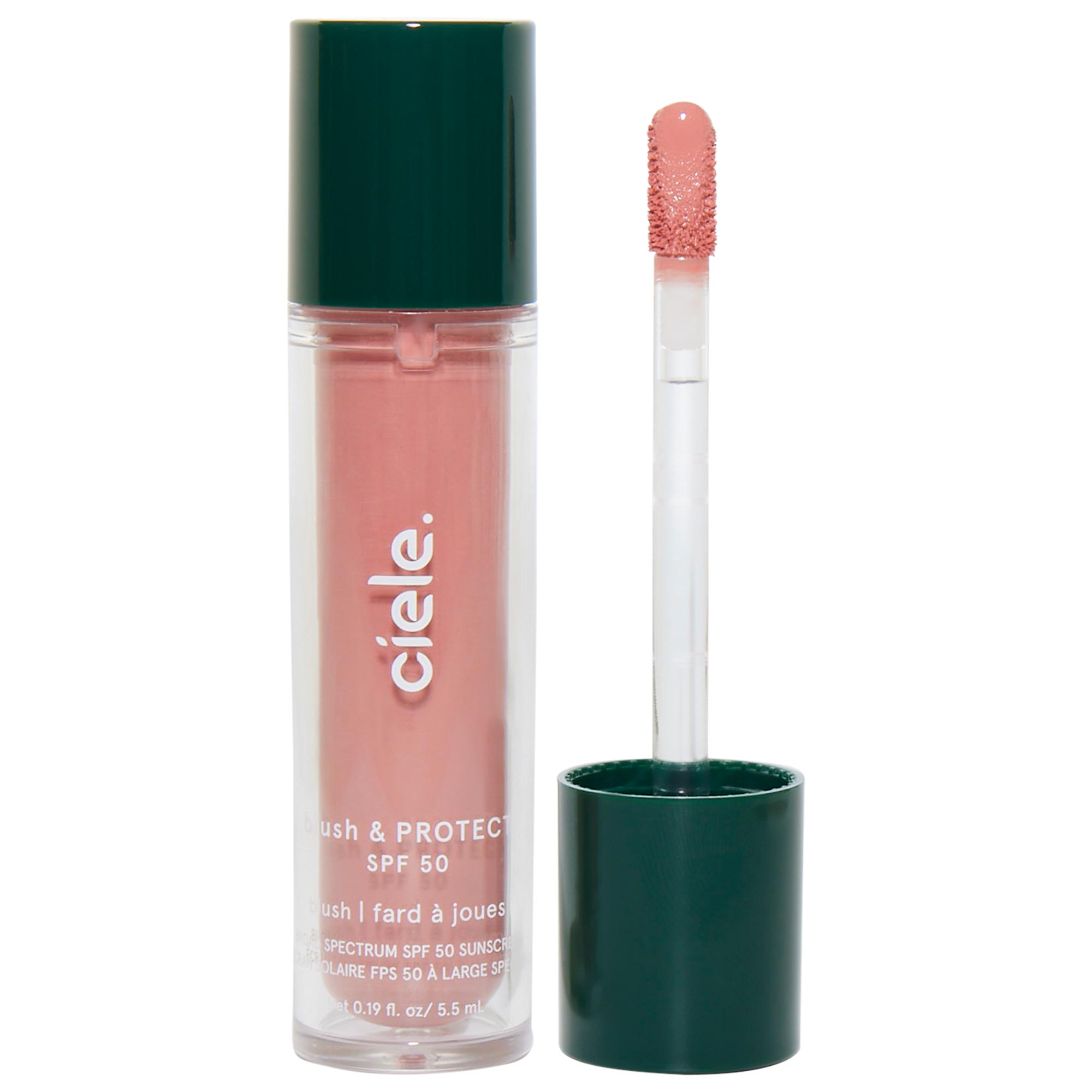7 Small Tweaks That Made My Everyday Makeup Look 10x Better
All linked products are independently selected by our editors. If you purchase any of these products, we may earn a commission.
Photo: Courtesy of Megan Decker.
It took me years to realize that I can't wear as much makeup as the GRWM girlies. As someone with tiny eyes, thin lips, and dry skin that dulls under any pigment, I have to do ample skin prep, use hydrating makeup, and a light hand with foundation, blush, and bronzer. If you have more natural oils in your skin — first of all, jealous — you might not worry about how drying your makeup is, but I've learned to be vigilant about it. If I’m not careful, I’ll end up with what makeup artist Kevin Kodra calls “the three C-words: cracking, creasing, and caking.”
AdvertisementADVERTISEMENT
Most mornings, as the radiator blasts dry heat in my apartment, I consider skipping makeup altogether because I know that by the afternoon, my under-eyes will have little vein-like cracks showing exactly where I applied my “brightening and hydrating” concealer that didn’t hold up as promised. Luckily, during a recent 20-minute Zoom meeting with Kodra, I learned how to shift and pare down my current routine for a natural makeup routine designed for dry winter conditions.
Here are the seven key tips that changed my winter makeup routine for the better. You don't need a complete overhaul, just these tweaks.
Applying skincare in thin layers
Skin prep is going to impact the way your makeup looks — it just will. As someone with dry skin, I assumed a heavy moisturizer was the most effective skin prep. But Kodra enlightened me, explaining that the best approach is actually a lighter touch. “With anything you put on the face, start with thin layers,” he explains. So, instead of slathering a rich cream on my face in the morning, I’ve started applying thin layers of super-light skincare. First, I’ll use a watery essence (Peach & Lily Essence), then a lightweight niacinamide serum (also Peach & Lily Glass Refining Serum). To finish, I’ll use a light, gel-based moisturizer over top (Neutrogena Hydro Boost), and sunscreen, of course.
Kodra explains that cocktailing everything together is not the best approach, either. “When you drown the skin with a bunch of products at once, they don’t absorb into the skin [effectively] and will set on top and can lead to pilling," he explains. Pilling can also result from infrequent exfoliation, so I’ll add that step to my nightly routine at least twice a week in the winter.
AdvertisementADVERTISEMENT
Not using primer
I previously considered primer the glue that would hold my makeup onto my skin and prevent the aforementioned creasing. But Kodra explains that with the lightweight layers of skincare, you can skip the primer altogether. “These skincare steps might feel super light, like water on the skin, but they will help your makeup stick,” Kodra explains. “They will act as the priming step.”
My primer has been tossed in the trash and I’m not missing it at all. My skin feels lighter, too, as most primers have a kind of silicone-y slip that works for some people, but it turns out I don’t really need it.
Getting a barrier repair stick
If you have dry or dehydrated skin, first know that there is a difference between the two. Dry skin is a skin type (your skin lacks oil), whereas dehydrated skin is a skin condition (your skin lacks water). But both will benefit from a barrier repair stick. What is it? Basically, it’s a balm for your face, housed in a chubby tube that you can throw in your bag and carry around. Sure, it’s not super sexy, but since Kodra introduced me, the face balm stick has become the hardest-working product in my winter makeup routine.
"This is your emergency hydrator,” explains Kodra. Most of these sticks — like the Nudestix Dewy Barrier Hydrating Stick, the Kiehl’s Barrier Repair Balm with squalane, and even the Hero Cosmetics Glow Balm — are made with a blend of ceramides, which help your skin retain moisture. It’s truly a do-it-all. First and foremost, you can use it as a spot hydrator in extra-dry areas. "For most people, the areas we tend to experience makeup cracks are around the nose, mouth, and eyes — the areas where the face moves,” explains Kodra. “When your face moves, your makeup moves with it. So applying barrier balm in those areas is a way to ensure the makeup has as much moisture as possible so it doesn't crack."
AdvertisementADVERTISEMENT
In fact, I started using barrier balm under my eyes — my “creasing” area — and it has effectively eliminated my need for under-eye concealer. With a swipe of the balm, my under-eyes are moisturized and dewy (Kodra describes it as a “juicy” effect), so I don’t want or need concealer on top because I have that reflective kind of brightening. The Nudestix Balm specifically has vitamin C, which lends to the brightening effect, but the other balms work just as well.
Other applications for a barrier balm include using it on flyaways, brushing through your brows (sometimes brow gel makes my brows stiff, and this helps), as a dewy highlighter on your cheekbones, or as a lip balm. I will never go a winter without one.
Cocktailing blush and bronzer
While Kodra doesn't recommend skincare cocktailing, makeup mixing is encouraged, at least when it comes to blush and bronzer. Combining the two can be effective in achieving natural-looking makeup. "I love a blush cocktail," Kodra says. "When you mix shades, you're going to get a really nice flush that looks a lot more natural than just slapping a single shade blush on your face."
There are a few ways to achieve this two-in-one trick. However, my approach has been to find a blush tint (a sheer liquid formula) with a cool brown undertone, giving a sun-kissed effect, rather than a single-note brown or pink (although you could combine two). My favorite is Giorgio Armani Fluid Sheer Glow Enhancer in 11 Peach, which has golden bronze and pink blush tones. Taking Kodra’s advice, I apply it to the back of my hand, which allows me to control how much pigment I'm using, and then enlist a fluffy brush to wash it over my cheeks, nose, and eyelids. "You can apply it all over the face and still see the skin peeking through underneath," explains Kodra (which is great if you have freckles).
AdvertisementADVERTISEMENT
You could also try Nudestix Nudescreen Blush Tints, which have an added benefit of SPF 30 protection but are still super sheer. Likewise, Ciele Liquid Blush comes in a range of sun-kissed shades to mix or wear on their own, plus SPF 50.
Using blush as color-corrector
If you want a more pigmented blush look with more cheek definition, Kodra recommends a brighter pink blush applied high on the top of the cheek. "If you've applied your sun-kissed shade around your whole face, this is the perfect placement for a pink blush: Right underneath the eye," says Kodra. "The cool thing about this application is if you have dark under-eyes, this is an easy way to skip color correction but still get that effect. These pink or peach tones will counterbalance any blue or green, so you don't need to color-correct."
For so long, I kept my blush directly on the apples of my cheeks, avoiding the eye area. But with the tip, I've realized that when I skip under-eye concealer in favor of barrier repair balm and a little bit of blush, my face looks naturally refreshed.
Just spot concealing
Up to this point, I haven't touched my concealer, per Kodra's underpainting technique. "When I'm doing makeup, I'll do my skin prep and then blush and bronzer, then I'll go in with concealer to perfect and brighten," he explains. This idea was foreign to me as concealer is usually my first step, but shifting to making it at the end, I've realized I need so much less. Instead of swiping it underneath my eyes or nose, I just use the concealer to spot-treat acne scars. Now that the high-movement areas of my face are not covered in concealer, there's no creasing. Amazing.
AdvertisementADVERTISEMENT
Highlighting my forehead
We’ve all collectively been taught to avoid a shiny forehead — or as it was so politely packaged, “the oily T-zone.” So Kodra shocked me when he presented the forehead highlight as a “sexy” addition to my routine. “I love a forehead highlight,” he says. “The way it catches the light is so good.”
Now, I add a dewy (not shimmery) highlight to the sides of my forehead, not the middle. It provides a sheen that mimics what happens to my forehead after I’ve gotten out of the shower, exfoliated my face, and layered on a hyaluronic acid serum and moisturizer. I use my aforementioned beloved barrier balm and rub it into my temples, like the corners of my forehead. It’s nothing dramatic, but when I catch my profile in the mirror or a Zoom screen at 4pm, I’m glad I did it.
AdvertisementADVERTISEMENT







